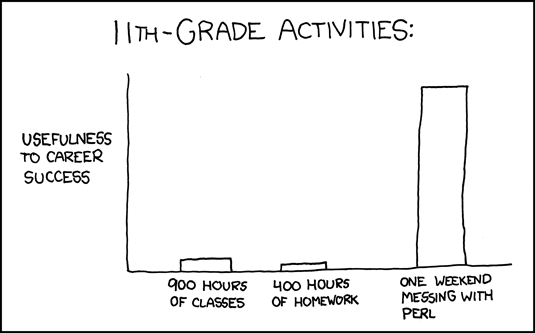
To be informed about new articles on I Programmer, sign up for our weekly newsletter, subscribe to the RSS feed and follow us on, Twitter, Facebook, Google+ or Linkedin. The asterisk and period are what we call metacharacters, characters. Unmatched power for text processing and scripting This is one of the easiest traps to fall into when working with Perl regular expressions. The use cases are limited only by imagination, going beyond the traditional regular expression model and in fact extending it. ) and (\d+).įinally,the x modifier is used to notify the engine that white space is not significant,something that allows for using extra spaces and comments to annotate and beautify our regular expression. ) and (\d+) which are placed first and second does not matter and can be freely changed, but the order of (.) placed last does,as the reverse of placing (.) first would result into matching any character never progressing to the next patterns (&\#x. The order that the sub patterns are placed is significant for getting to a successful match. That captured character with nothing (as represented by the 'else' clause), thus in this case we remove both instances of 'cost' Then,when we have matched a sequence of one or more digits (stored in $3) i.e 50 and 200,we increment each of those captured values by 100.Īfter that, upon matching any character, stored in $4, we replace No overflow checks are performed by this function unless the dieonoverflow pragma is used (see.
#Perl char math code
When we match a hex HTML entity, hence there is value inside $2 (represented by the if (defined $2) block),we replace that captured value with the outcome resulting out of evaluating the code 'decode_entities "$2"' which translates that value i.e £ and € to the pound £ and euro € characters accordingly. Underscore characters () between the digits are ignored. It provides the (?)/ would execute the code only in the case that the last pattern (.) matched,ignoring the rest of the patterns. How does Perl let you mix code and regular expressions? Let's find out what Perl regular expressions are really like with Perl inside.

However it also possesses some lesser known features that deserve special attention, like the embedded code constructs for runtime code evaluation. Perl is still the leader, almost the standard, when it comes to regular expressions.

Advanced Perl Regular Expressions - Extended Constructs


 0 kommentar(er)
0 kommentar(er)
